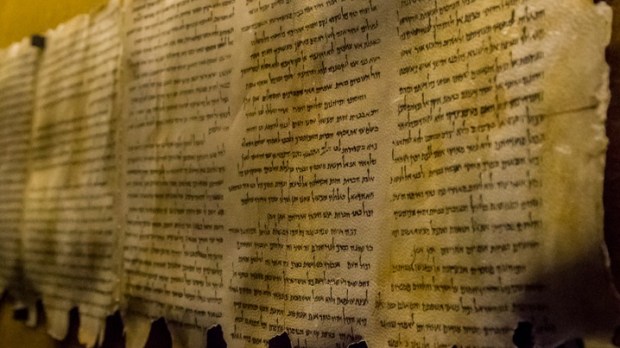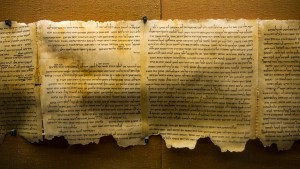The Dead Sea Scrolls are going under Carbon-14 analysis for the first time in decades. This time, the process will include a paleographic study of the written characters. Scholars believe that the addition of paleography, the study of ancient handwriting, can date the scrolls within 50 years.
The Jerusalem Post reports the work is being conducted by the University of Groningen in the Netherlands. While the research is still underway, preliminary reports suggest the scrolls may be older than previous studies concluded. The last time the scrolls were subjected to Carbon-14 analysis was during the 1990s.
The destructive nature of Carbon 14 (radiocarbon) dating has long prevented further analysis of the scrolls. The process, which measures the degradation of nitrogen within the radiocarbon, requires the sacrifice of a fragment of the subject. Recent advancements in this technology, however, have limited the impact of carbon dating.
Paleography
Emboldened by the new technology, the study has chosen 30 scrolls to examine. This is where the University of Groningen’s paleography department comes in. By introducing their findings to an advanced AI, they can analyze the hand-written characters.
Normally, these characters would be compared to ancient manuscripts from the same era. By examining minute differences in the style, paleographers can track handwriting to a particular time-frame. In this case, however, there are no manuscripts from the same era as the scrolls.
Instead, the scrolls must be compared to each other or to the earliest manuscripts we have. This comparison has led to a different hurdle. Lead researcher Prof. Mladen Popović noted that scribal styles did not develop as consistently as they had hoped. He said:
“With regard to dating the manuscripts, the data from our model shows that there was not a nice continuous progression and development of characters, but rather that sometimes there was a lot of development and sometimes not so much,” Popović said. “The characters were not developing in a linear homogeneous manner throughout these periods.”
While the research is ongoing, preliminary results have experts optimistic that we may soon have a firm dating of the Dead Sea Scrolls.
Read the details of this fascinating study at The Jerusalem Post.


